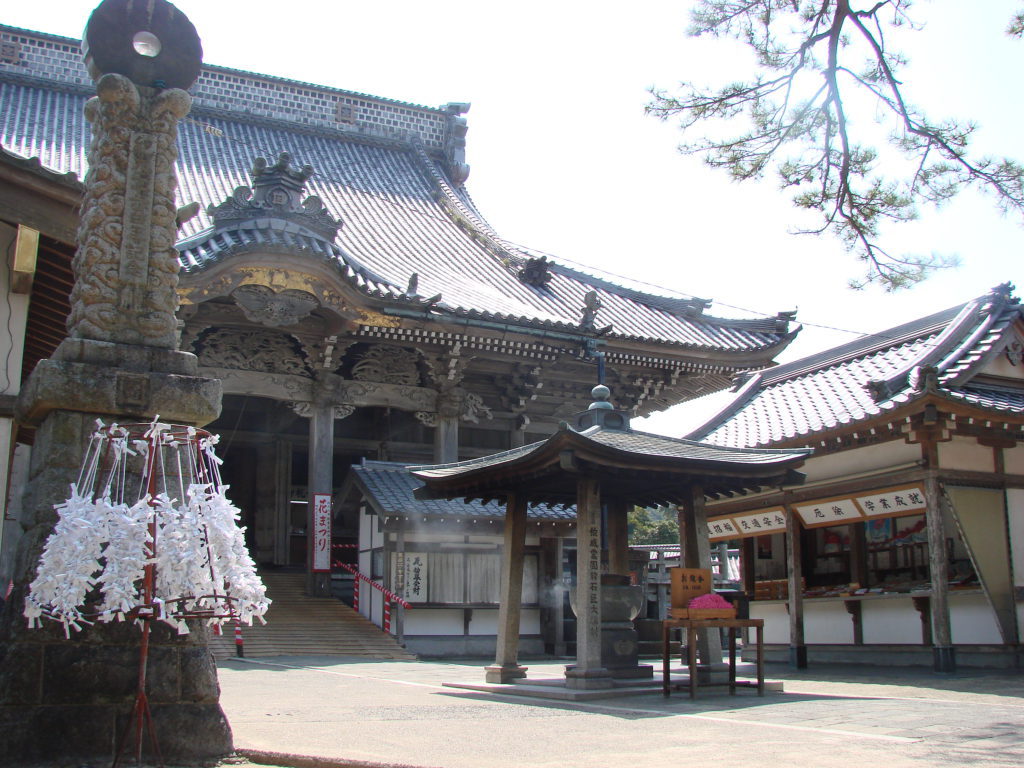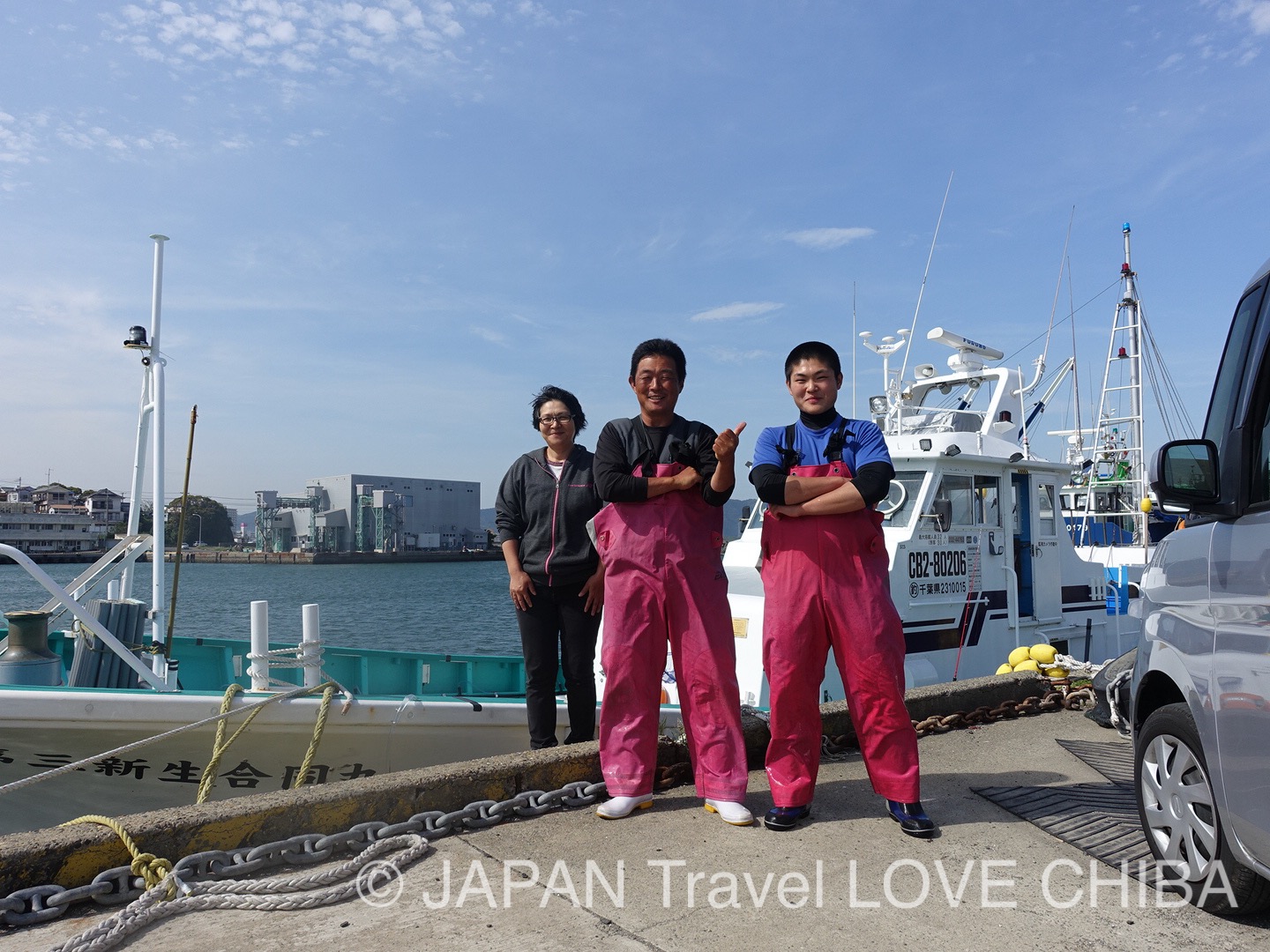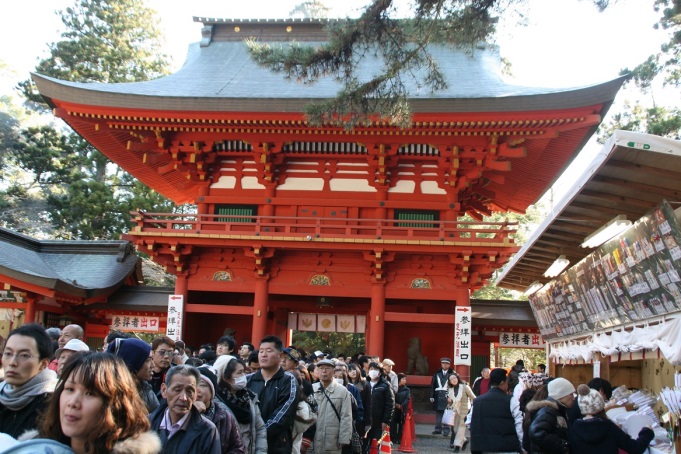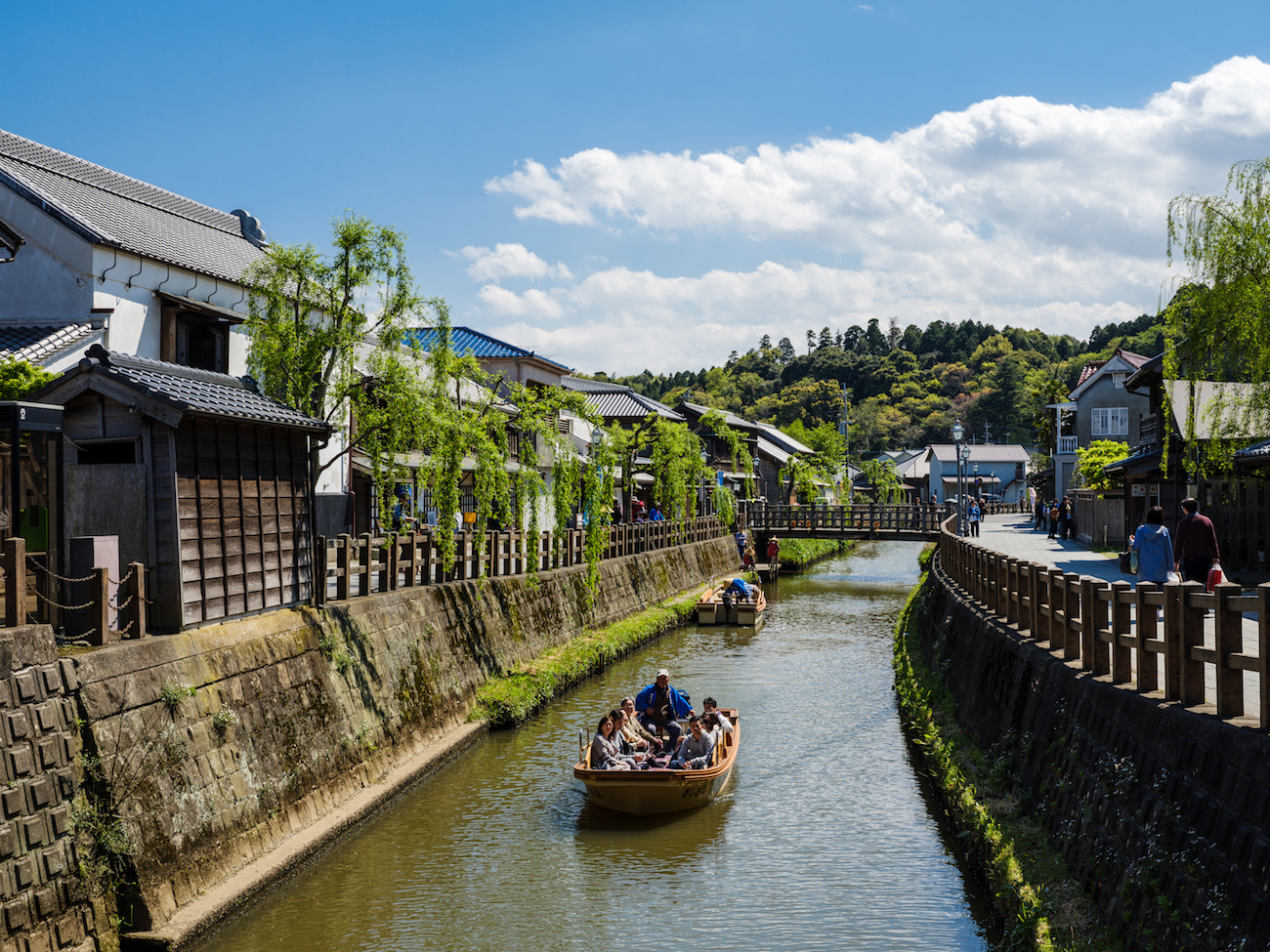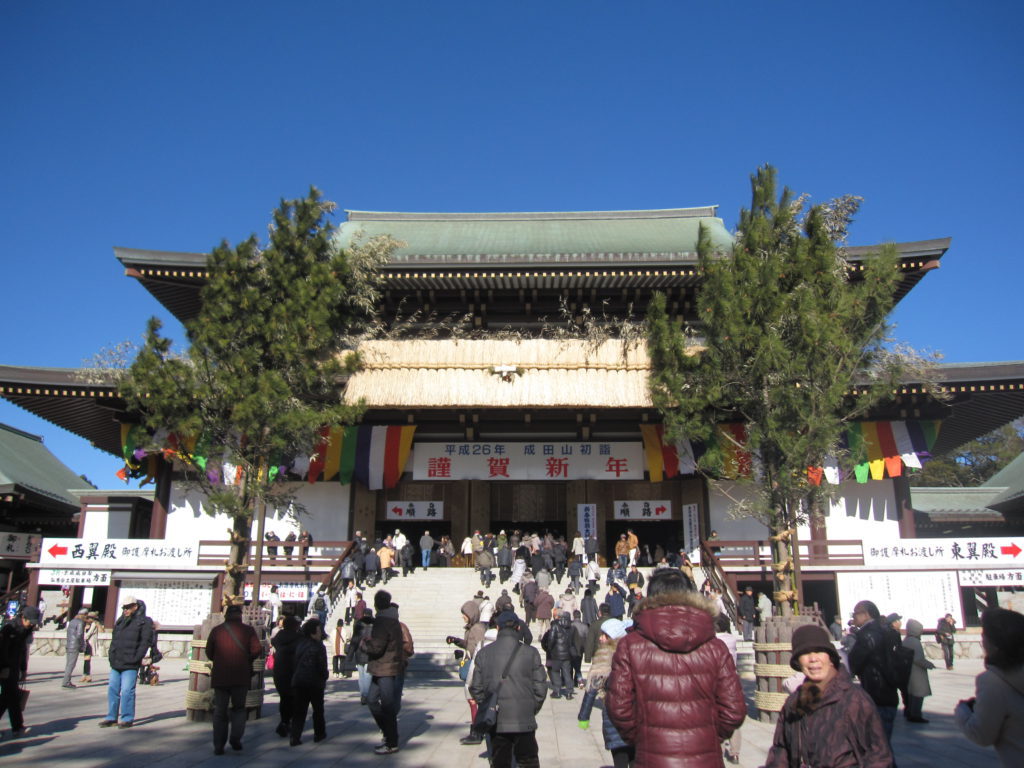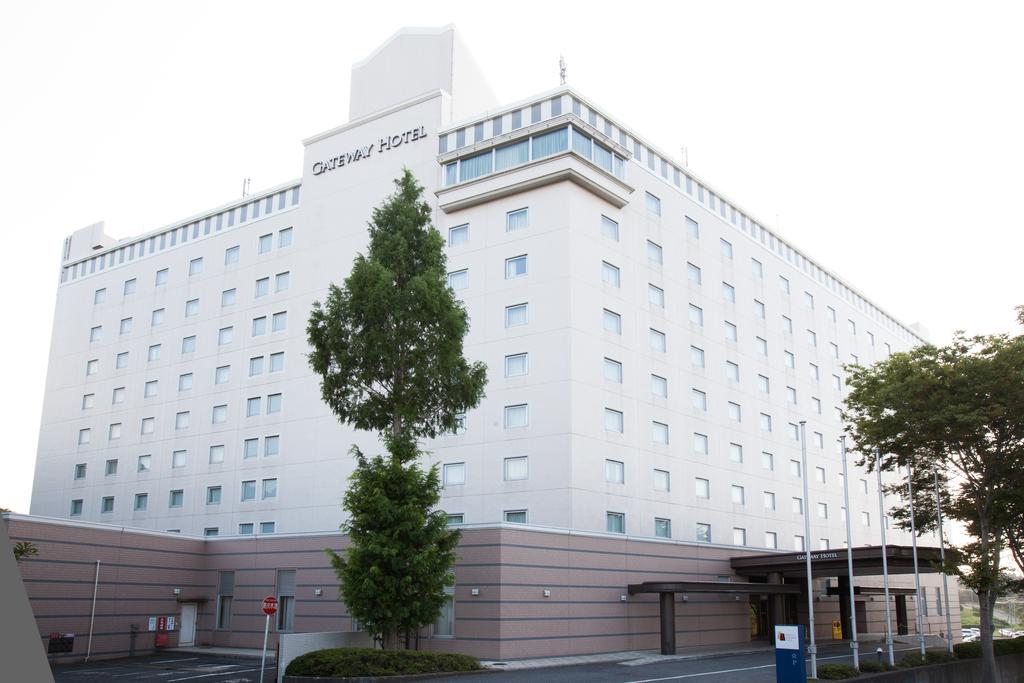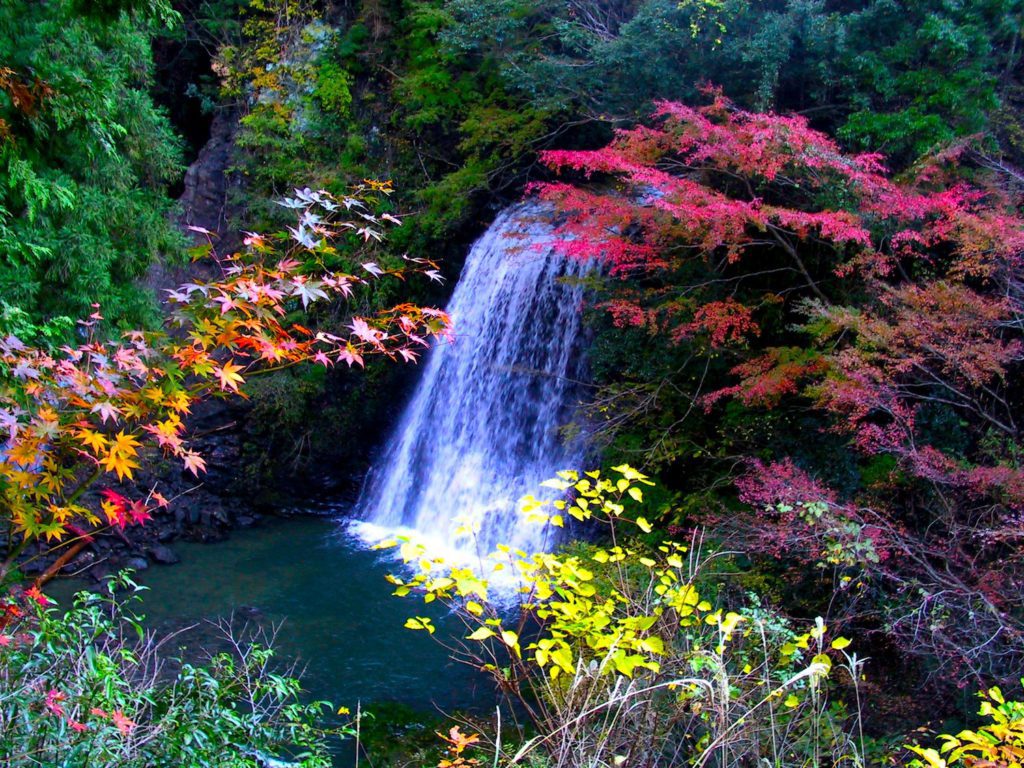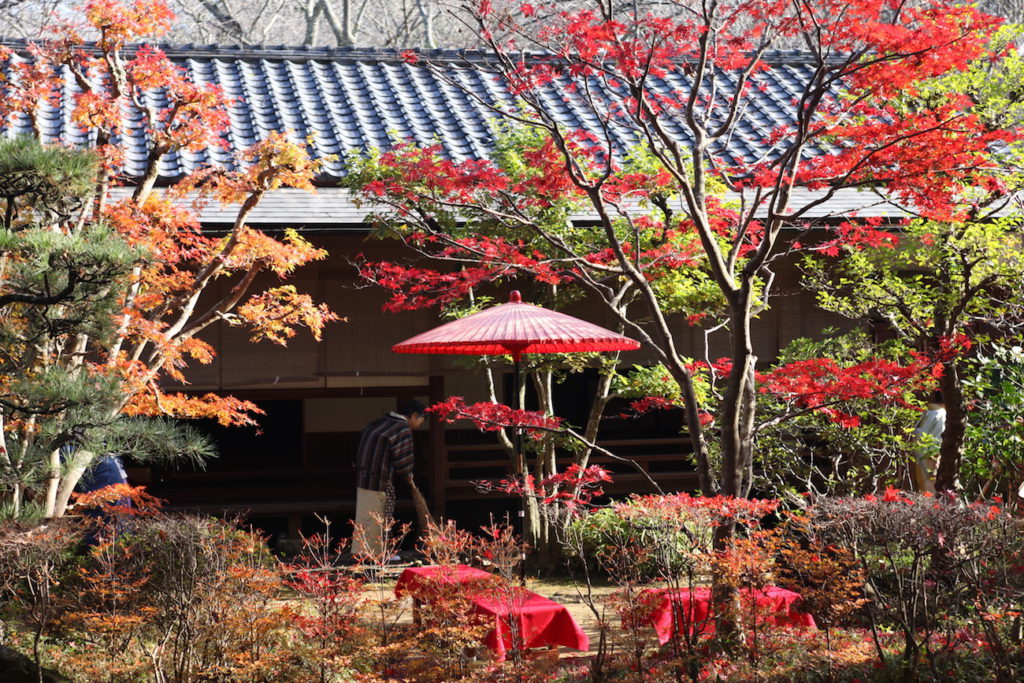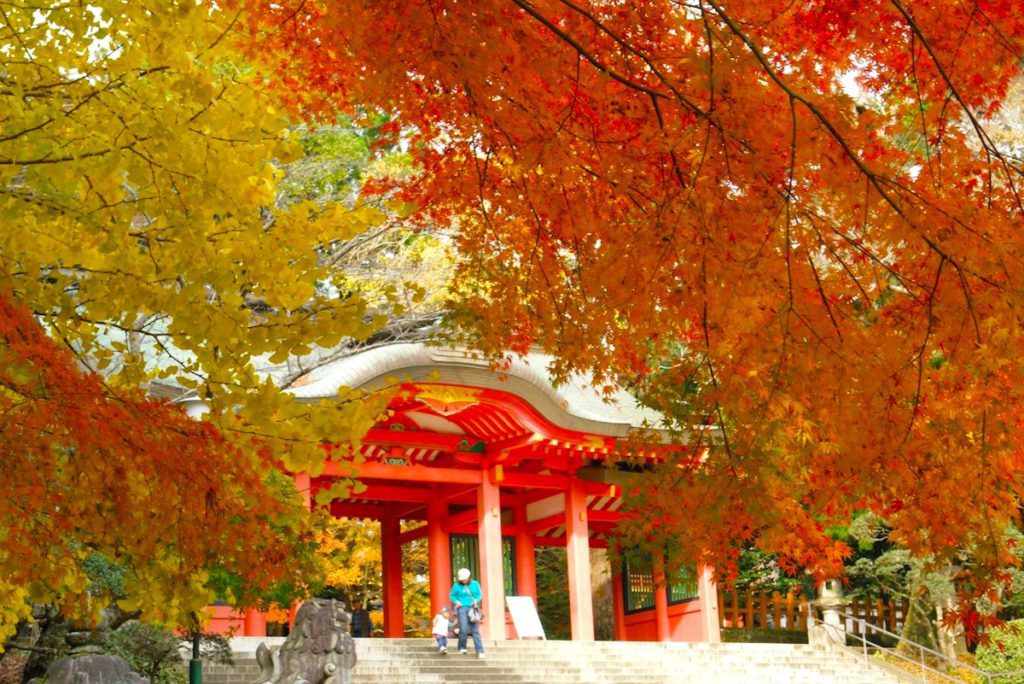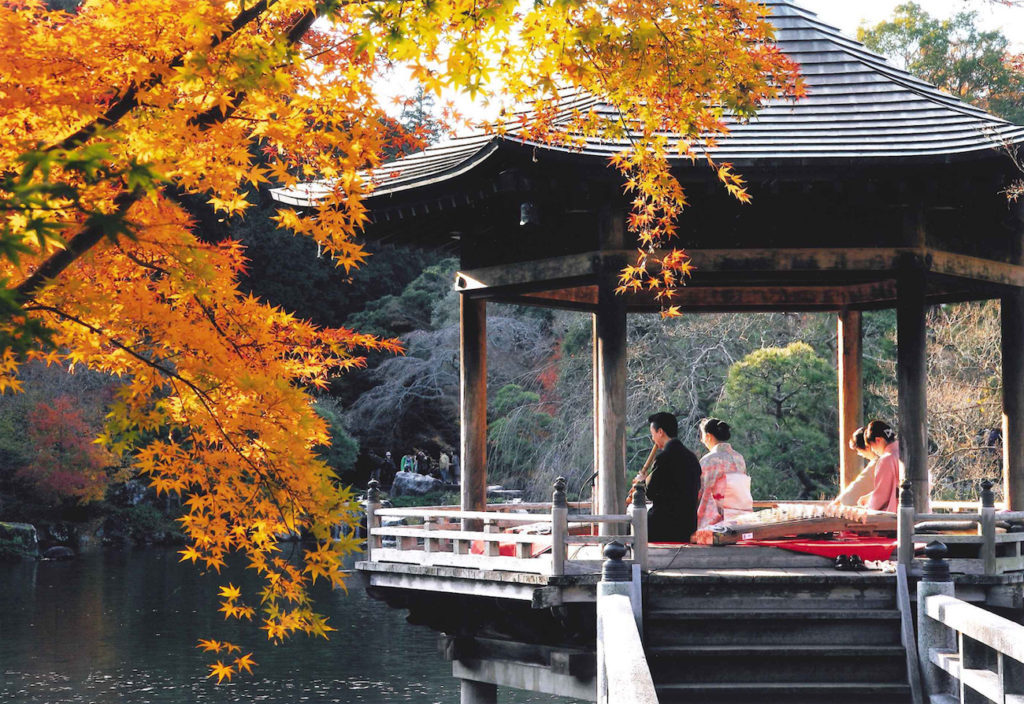Daffodils
Daffodils can be seen in the area from mid-December through January. Following the daffodil season, early blooming cherry blossom trees can be seen at the Sakuma Dam Park.
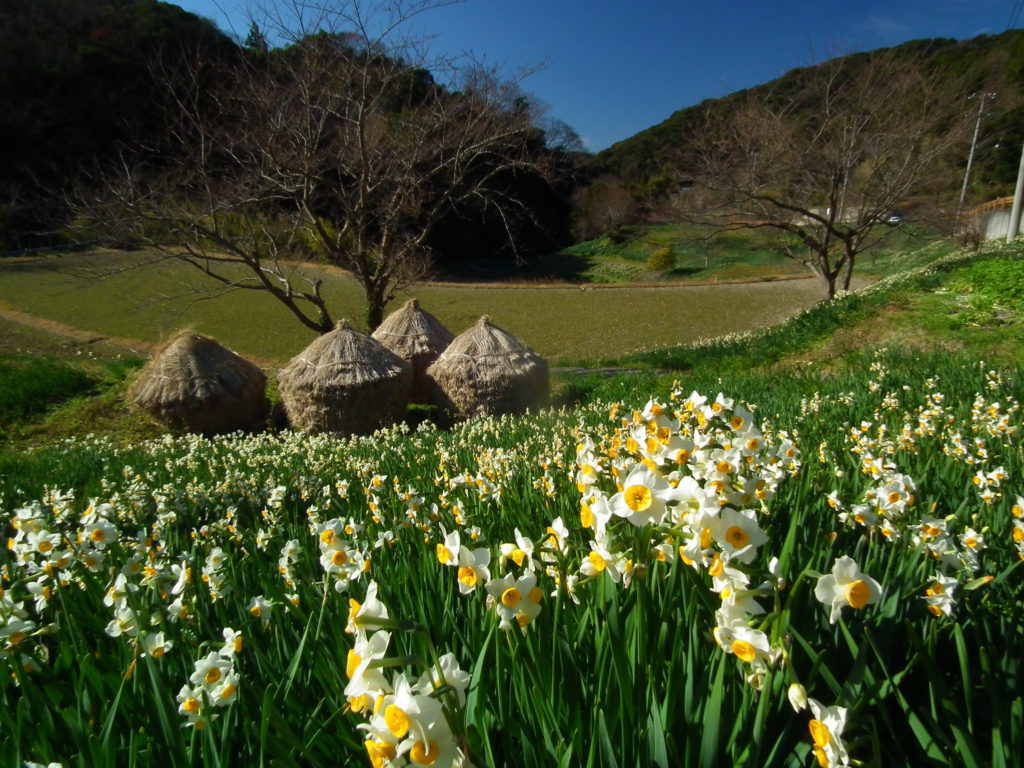
The representative cherry blossom of Kyonan Town, the "Yoritomo Cherry Blossom" blooms from mid-February to mid-April and can be enjoyed along with a large variety of other blooming cherry blossoms including Tairyo, Kanhizakura, Someiyoshino, Shidarezakura, and Yaezakura.
Address:The entrance to Daffodil Road
Access : The entrance to Daffodil Road is a 15min walk from JR Sotobo Line Hota Station.


